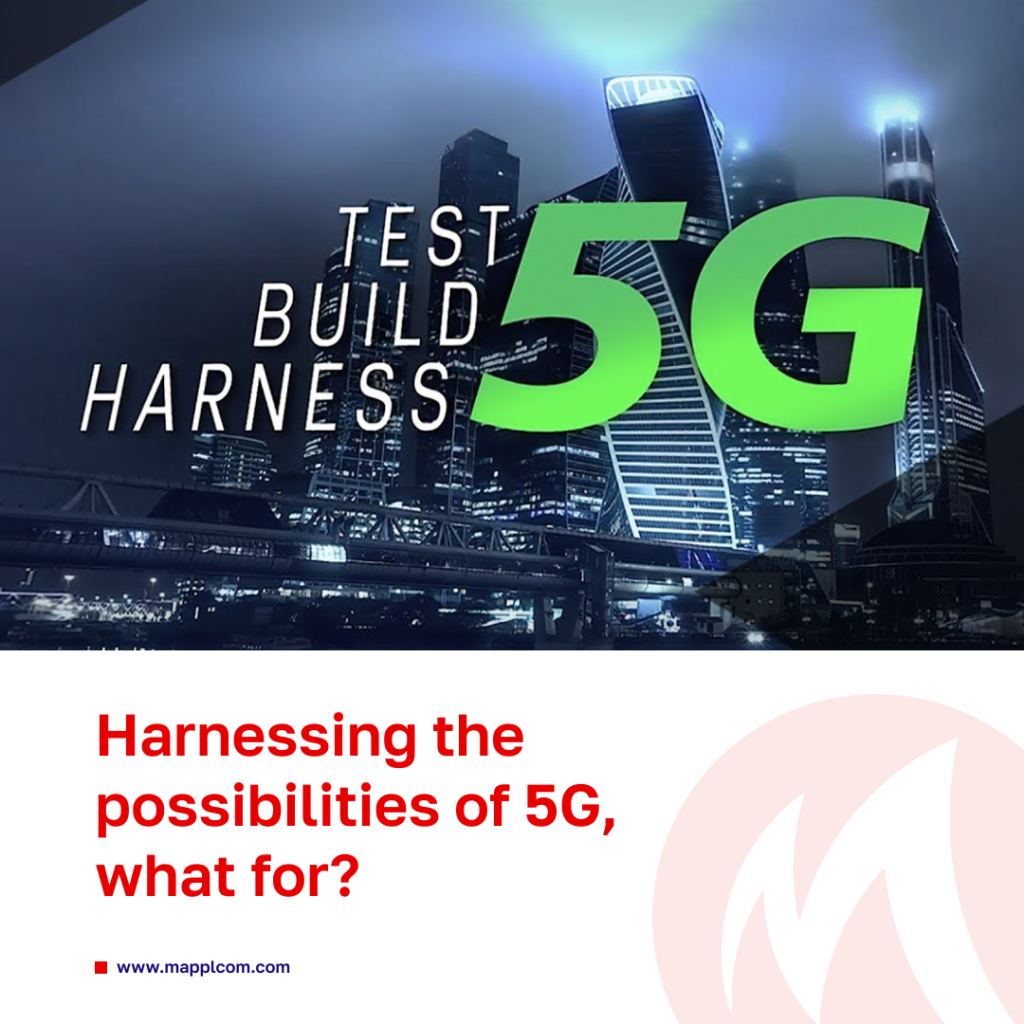Harnessing the possibilities of 5G, what for?

The concept of IoT devices demonstrates that new services can be virtually created for almost all the needs and new services. This gives promising forecast not only for end-users whose demands have drastically increased recently but also for service providers, such as CSPs (communication service providers) which won’t miss the chance to use opportunity to harness the possibilities of 5G networks with these regards. Bearing in mind also financial perspective, these companies understand how crucial it is to apply restructured approach for revenue generation.
Aside from all the horrifying consequences of the pandemic state, trying to address emerged issues in the most sufficient way, many companies committed so impressive adjustments, that these examples are widely used as a benchmark now – for instance, telemedicine services have made a step toward full-scale functionality which will definitely involve 5G. Also, one can notice gaining popularity of concepts of smart cities, smart cars and other “smart” adds to a daily routine. Further development of these services would make no sense without reliability and profitability of a base technology, which has to be guaranteed by providers. Not less challenging task for designers is to work out the required level of service customization for each particular task, from manufacturing process to agricultural production.
Current model of CSPs operations build linkages between implied 5G solutions and existing 4G core, using NSA (or non-standalone architecture). Among positive effects there are comparatively higher speed of deployment and reduced costs, but in this case they really miss special 5G benefits, which can be enabled strictly by standalone architecture only. For instance, it is the only way to get latency and reliability advantages. Therefore, it’s crucial to implement SBA (Service Based Architecture), virtualised / containerised infrastructure and orchestration in the next generation to get access to higher performance possibilities.
Another relevant point of further development is RAN, which initially was built by combining tiny separate components provided by different vendors. Despite being inter-operable, the solution turned out to be both expensive and inflexible. Technology that has a potential to replace RAN is OpenRAN based on general purpose computational platforms and vendor-neutral disaggregation for both hardware and software. This solution is supposed to solve the flexibility issue and besides leads to a less costly and more practical decisions.
Finally, players are aimed at improvements in terms of visibility now. Due to the great promises made by providers of cutting edge services, every step now is controlled thoroughly and monitored by a number of customers, enterprises, regulators and some intermediaries. Even though the progress is clear are generally admitted by all the audience groups, there’s still a wide range of issues to be addressed (from new infrastructure facilities and protocols to arrangement of co-working methods for different vendors).
All in all, we witness an important change that will enable CSPs to deliver a range of new services to their users. Even being in the process of 5G infrastructure development, they should demonstrate an effort to take the whole thing under control.

